Internal Training
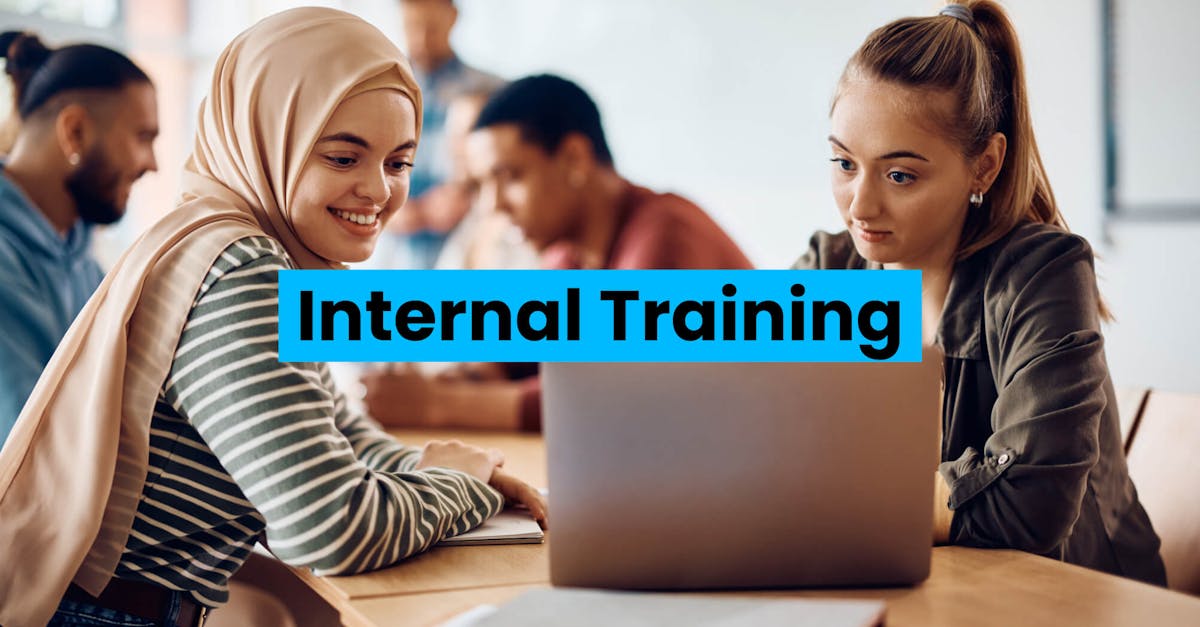
When it comes to teaching employees about the ins and outs of your organization, who better to do it than your own? This is where internal training or in-house training comes in. In this article, we’ll look into what internal training is and how it can help you and your organization achieve success.
What is internal training?
Internal training refers to a training program that’s conducted within an organization using its own expertise, manpower, and resources. It typically focuses on the development and improvement of employees' skills and knowledge relevant to their current roles and responsibilities.

Internal training can be delivered in various forms, such as workshops, seminars, online courses, simulations, or one-on-one coaching sessions. It can cover a wide range of topics, from technical skills to soft skills, how to define technical training, and different types of employee training. Internal training is also common when onboarding, upskilling, or reskilling teams.
Create better learning experiences with EdApp today.
Benefits of internal training
- Cost-effective: Internal training is generally less expensive than external training. When an organization uses its own workforce to train employees, there’s no need to hire outside trainers, enroll your teams in courses with hefty price tags, or send them off to workshops or seminars. As you’ll be using your own resources as well, you’ll have control over how to spend your budget.
- Convenient: Internal training lets you hold training onsite, which eliminates the need for employees to leave and travel. This alone can take off enormous amounts of time and energy. As it’s being held within your workplace, it also allows for flexible scheduling and easy accessibility to learning resources and trainers.
- Tailor-fit content: With internal training, you can take the driver’s seat in creating your training program. Internal training programs can then be designed and customized to meet the unique requirements and objectives of your company. This makes sure that training is applicable and relevant for employees.
- Efficient and saves time: Internal training is easier to roll out and deliver compared to external training. There’s no need for any back and forth with training providers, deal with access issues, or wait for a long time to resolve any technical issues. With internal training, you can easily change and edit your material as needed. This comes handy for company updates or any changes that need to be communicated right away.
Tips to improve your internal training program
Now that we’ve seen how internal training can benefit your organization. Let’s take a look at how you can sustain learner engagement and make sure that your internal training efforts pay off with these tips below:
1. Pair your internal training with microlearning
Internal training shouldn’t be a one-off event that your employees have to make time for – it should be a resource that they can easily access as needed. Microlearning allows your learners to interact with short, highly-targeted lessons designed with human limitations in mind, like attention span and memory. This makes key concepts easier to digest and the practical application of new learnings 17% more efficient.
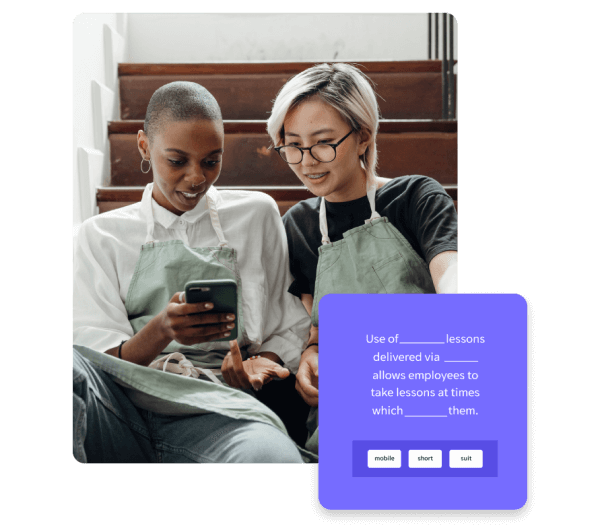
With EdApp’s microlearning app, your learners can access bite-sized courses from their smartphone whenever they have five minutes to spare – whether that’s on their commute, in between meetings, or on a break. For teams or individuals who don’t have consistent access to WiFi, EdApp also has an offline mode where learners can download their courses whenever they have internet access and automatically sync their results when they’re back in range.
2. Incorporate mobile learning into your program
Given the widespread use of smartphones, it’s just sensible to jump into mobile learning when designing your internal training. While this has become a trend nowadays, not all get it right and most online employee training platforms don’t work well on mobile and can have issues, such as screen resolution and formatting. This greatly affects the user experience and this distracts the learner.
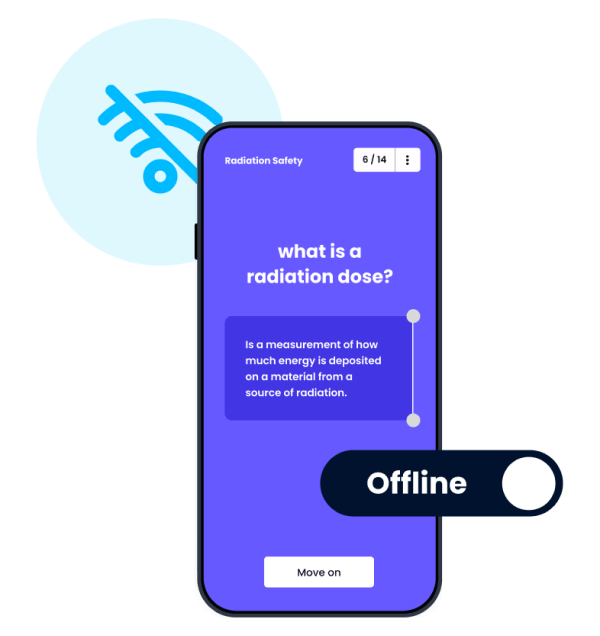
A mobile-first platform, like EdApp, makes it easier for training managers to contact and train employees at scale in order to keep them on board with achieving success for the business. Employees can easily access their training in one platform right at their fingertips. You’ll also have total control over course management.
3. Gamify your training
A step up from interactivity is gamification. This makes learning fun and interesting. By using gamification elements in your lessons, there’s a higher chance for employees to engage with their training.
Make learning a key pillar in your employee engagement strategy with built-in gamification and prizing features. EdApp uses native gamification elements like swipes, drag and drop, and match to make training feel more like a game – not work. Simply use any of its gamified templates to make your learning material more interactive and engaging for learners.
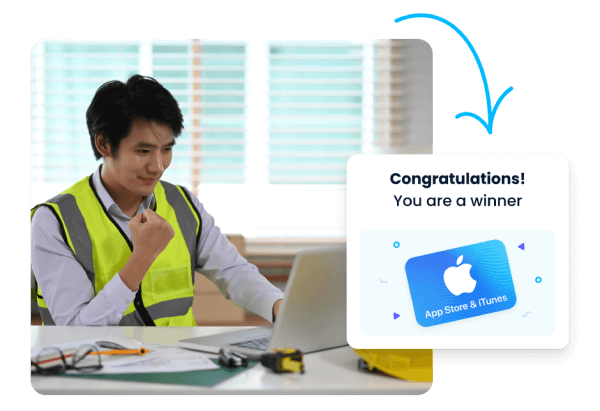
To motivate your learners, you can also determine what certificates or badges they earn. From there, set rules to define how many points or stars – EdApp’s virtual currency – they can earn in each lesson in the achievements section of the LMS. Learners can then use their stars to win real rewards, such as gift vouchers, through the prizing feature. You can also motivate your learners to complete their training through friendly competition, as learners play for the top spots on your team’s leaderboard.
4. Test your learners’ knowledge
After-training testing is a crucial element in the learning process since it assesses how much your employees have learned. It also tells you about the effectiveness of your training program. Here, you can identify knowledge gaps and later on, tailor your training program to address them. Checking what they’ve learned also helps reinforce concepts which helps them retain information much more effectively. After all, what is training without knowing if your learners got the message?
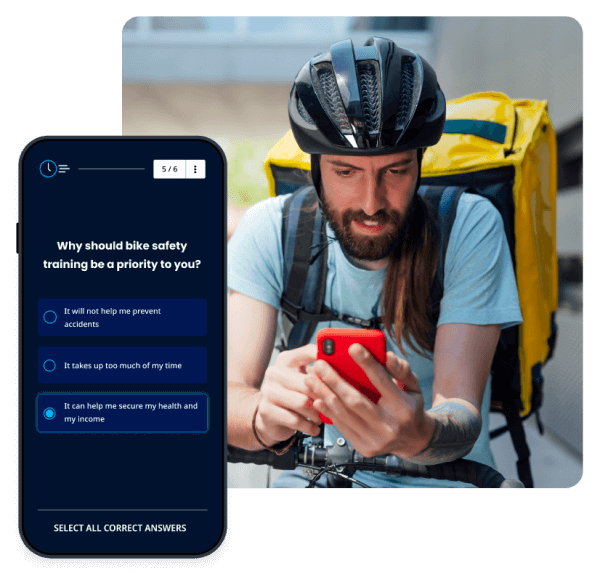
One great way to do this is by using spaced repetition. Spaced repetition is a scientifically-proven learning strategy based on the Ebbinghaus Forgetting Curve. Learners absorb new concepts better when they’re spaced out. A great example of how it works is with EdApp’s Brain Boost spaced repetition feature. It uses the SM-2 algorithm to automatically repeat key content until your learner gets it. No additional content creation is required.
5. Include hands-on learning
Hands-on work is a crucial part of the learning process because it lets employees put their knowledge into practice in a practical, real-world situation. Here, they’ll be able to apply what they’ve learned in a safe and controlled environment, which helps increase their confidence and solve problems without consequences. This also allows them to receive immediate feedback and identify areas for improvement.
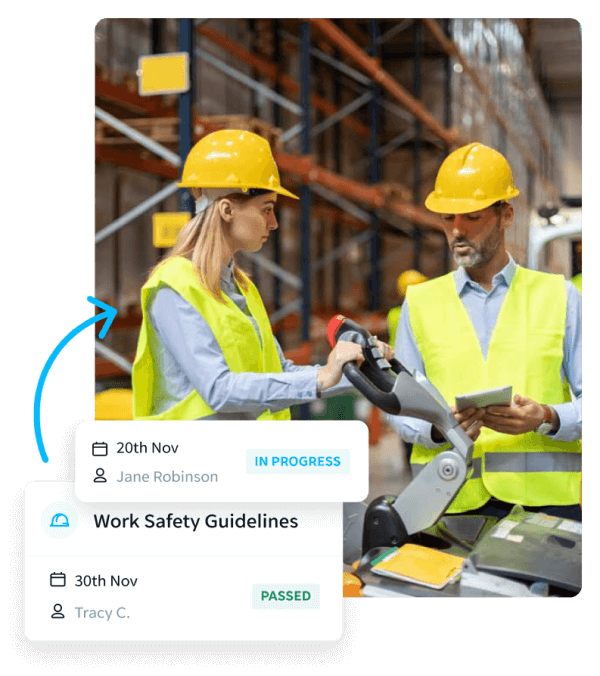
Verifying face-to-face assessments shouldn’t be hard. With EdApp’s Practical Assessments, you can perform in-person assessments to demonstrate knowledge of practical tasks. Using a custom checklist form, trainers can capture the learner's performance.
Author
Gabrielle Rivera
Gabrielle is an eLearning content writer for EdApp, a microlearning solution designed for today's digital habits. She creates content about cutting-edge learning technologies and resources to help companies deliver great training experiences. When not absorbed in writing, she spends her time playing video games and reading books.
